Will electric cars completely replace internal-combustion vehicles anytime soon? Are electric vehicles, whether rail or highway vehicles, truly cleaner, especially in states where most electric power comes from burning fossil fuels? Does the United States electric grid have the capacity to power the nation’s automotive fleet? A detailed look at America’s energy budgets and electrical power supply systems will help answer questions like these.
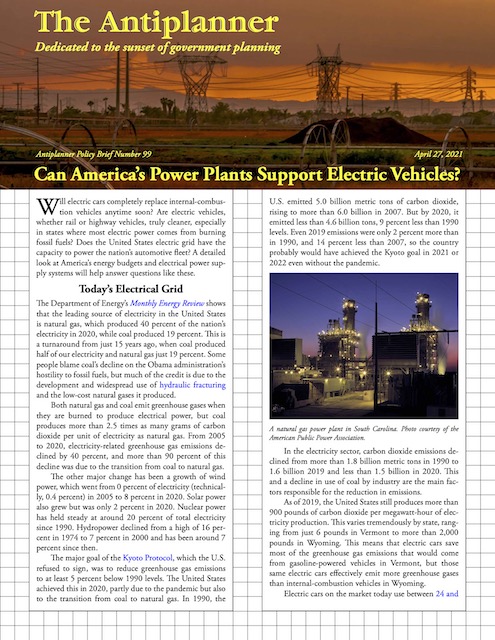 Click image to download a four-page PDF of this policy brief.
Click image to download a four-page PDF of this policy brief.
Today’s Electrical Grid
The Department of Energy’s Monthly Energy Review shows that the leading source of electricity in the United States is natural gas, which produced 40 percent of the nation’s electricity in 2020, while coal produced 19 percent. This is a turnaround from just 15 years ago, when coal produced half of our electricity and natural gas just 19 percent. Some people blame coal’s decline on the Obama administration’s hostility to fossil fuels, but much of the credit is due to the development and widespread use of hydraulic fracturing and the low-cost natural gases it produced.
Both natural gas and coal emit greenhouse gases when they are burned to produce electrical power, but coal produces more than 2.5 times as many grams of carbon dioxide per unit of electricity as natural gas. From 2005 to 2020, electricity-related greenhouse gas emissions declined by 40 percent, and more than 90 percent of this decline was due to the transition from coal to natural gas.
The other major change has been a growth of wind power, which went from 0 percent of electricity (technically, 0.4 percent) in 2005 to 8 percent in 2020. Solar power also grew but was only 2 percent in 2020. Nuclear power has held steady at around 20 percent of total electricity since 1990. Hydropower declined from a high of 16 percent in 1974 to 7 percent in 2000 and has been around 7 percent since then.
The major goal of the Kyoto Protocol, which the U.S. refused to sign, was to reduce greenhouse gas emissions to at least 5 percent below 1990 levels. The United States achieved this in 2020, partly due to the pandemic but also to the transition from coal to natural gas. In 1990, the U.S. emitted 5.0 billion metric tons of carbon dioxide, rising to more than 6.0 billion in 2007. But by 2020, it emitted less than 4.6 billion tons, 9 percent less than 1990 levels. Even 2019 emissions were only 2 percent more than in 1990, and 14 percent less than 2007, so the country probably would have achieved the Kyoto goal in 2021 or 2022 even without the pandemic.
A natural gas power plant in South Carolina. Photo courtesy of the American Public Power Association.
In the electricity sector, carbon dioxide emissions declined from more than 1.8 billion metric tons in 1990 to 1.6 billion 2019 and less than 1.5 billion in 2020. This and a decline in use of coal by industry are the main factors responsible for the reduction in emissions.
As of 2019, the United States still produces more than 900 pounds of carbon dioxide per megawatt-hour of electricity production. This varies tremendously by state, ranging from just 6 pounds in Vermont to more than 2,000 pounds in Wyoming. This means that electric cars save most of the greenhouse gas emissions that would come from gasoline-powered vehicles in Vermont, but those same electric cars effectively emit more greenhouse gases than internal-combustion vehicles in Wyoming.
Electric cars on the market today use between 24 and 50 kilowatt-hours per hundred miles of driving. People who want to reduce their carbon footprints can choose between a fuel-efficient car such as a Toyota Prius or a Hyundai Ioniq or an electric car such as a Tesla or a Nissan Leaf. A Tesla model S standard range car effectively emits fewer greenhouse gases than an Ioniq in 40 states but more in the other ten. However, a Tesla model X performance model does better than an Ioniq in only 19 states.
Residents of Hawaii, Indiana, Kentucky, Missouri, North Dakota, Utah, West Virginia, Wyoming, and the District of Columbia want to reduce greenhouse gas emissions should always choose a high-mpg gasoline vehicle over an electric car. Electric vehicles would always reduce emissions more in California, Connecticut, Idaho, Maine, New Hampshire, New Jersey, New York, South Carolina, South Dakota, and Vermont.
In the other states, it depends on which vehicles are being considered. If you are interested, download this spreadsheet and compare emissions for gasoline-powered vehicles with those of electric-powered vehicles by state.
The point is that electric vehicles aren’t necessarily the best solution so long as much of our electrical power comes from burning fossil fuels. What will it take to make that change?
The Future of Renewables
According to the Department of Energy’s latest monthly energy report, the country used just over 100 quadrillion British thermal units (BTUs) of energy in 2019, 80 percent of which came from burning fossil fuels, 11 percent from renewables, and 8 percent from nuclear power. About 28 percent of that energy was used for transportation, with 21 percent going to residential uses, 18 percent for commercial, and 33 percent for industry.
The Department of Energy’s chart showing where U.S. energy came from and how it was used. Note that 65 percent of the energy used for electricity was lost in generation, distribution, and transmission. Click here for a PDF of this chart with detailed notes.
About 37 percent of the nation’s energy went into the production of electricity. However, due to losses in generation and distribution of that electricity, only about a third of that energy, a little less than 13 quadrillion BTUs, was actually delivered to electric customers. This means end-users of all forms of energy used only 76 quadrillion BTUs, while the other 24 quadrillion were lost in generation and transmission of electricity.
Internal combustion engines also lose much of their energy in the form of heat. A typical gasoline engine loses about two-thirds of the energy of the gasoline it burns as heat, while Diesels can be a little more efficient. While electric motors lose much less energy as heat, the power plants that supply electricity to those motors lose about the same amount as internal combustion engines.
This is relevant because the Department of Energy’s annual Transportation Energy Data Book used to count the generation and distribution losses when calculating the energy used by electric-powered transportation but stopped doing so in 2017. Since both internal combustion engines and the electrical lose about two-thirds of their energy, counting the losses from one but not the other biases the analysis in favor of electric-powered transportation. When electric power is generated by burning fossil fuels, it is necessary to take those losses into account when comparing electric vehicles with petroleum-powered vehicles.
Renewable power advocates would like to convert the entire electrical system to renewables. Purists don’t consider hydroelectric power to be renewable because of the damage it does to ecosystems and fish, and in any case, there aren’t a lot of opportunities for building new hydropower facilities. That leaves wind, solar, and geothermal.
Wind farms can produce electricity 24 hours a day, but they are capital and land intensive. Photo by Z22.
Wind and solar have problems with both efficiency and reliability. Because it isn’t windy all of the time, wind power is considered to be only about 33 percent efficient. As of the end of 2020, the United States had installed enough wind power to produce 122 gigawatts of electricity (some of which was installed during the year). If those windmills were producing electricity 24 hours a day, 365 days of the year, they would have produced 1,073 terawatt-hours of power. In fact, they only produced 337 terawatt-hours, making them about 33 percent efficient.
Solar power is even more inefficient. A solar panel capable of producing one kilowatt of power will only produce, over an average 24-hour period, about 3 to 5 kilowatts per day. In Seattle or Portland, such solar panels are only about 12 percent efficient; in Arizona, they might be 20 percent efficient; the rest of the 48 contiguous states are somewhere between.
Solar energy is not as land intensive as wind farms, but their environmental impacts may be greater. Photo by Jeffrey Beall.
Reliability is a separate problem. If inefficiency were the only issue, it could be overcome by installing three times as many wind generators or five to eight times as many solar cells as their capacity ratings. But no matter how many are installed, solar cells are not going to generate any electricity at night. Similarly, most places are windier in some seasons of the year than others.
To deal with this reliability issue, power companies that use wind power typically have a natural gas powerplant as backup. When the wind dies down, they increase the electricity production of the gas-powered plant.
Renewable purists say that a backup gas power plant isn’t necessary. However, their alternative is to build even more wind and solar facilities as backups for each other. Wind power currently produces about one-fourteenth of the nation’s electricity, but to supply current U.S. demands for electricity through wind power alone, the nation would need to install about 30 times as much wind capacity as it already has.
Converting the entire grid to wind and solar power would be a massive undertaking, partly because the capital costs of wind and solar power are roughly double, per kilowatt of capacity, than for natural gas. Since the fuel costs are lower, the long-term costs may appear to work out about the same or even in favor of renewables. However, wind turbines appear to last no more than about 20 years and are costly to decommission, a cost that is often ignored in comparisons of wind vs. other forms of power.
The Cost of Electrifying Transportation
If the problem of converting to renewable sources of electricity is formidable, it becomes much worse when contemplating electric-powered transportation. While American electricity consumption hasn’t grown since 2005, electrifying transportation would greatly increase demand as transportation uses more than twice as much energy as is supplied by all of the electric power plants in the country.
Not all transportation can or should be electrified. In particular, most air travel can’t be electrified with current technologies while rail freight uses so little energy that it should be the last priority for electrification.
While some companies, including Airbus, are considering electric aircraft, these are mainly for short-haul flights. The heavy weight of batteries means the aircraft industry is more likely to introduce supersonic airliners for cross-country travel before it can produce electric airliners capable of long flights.
The railroads, meanwhile, manage to ship almost as much freight as trucks each year at less than a tenth of the energy cost. If you believe the Department of Transportation’s estimates of ton-miles, the energy cost per ton-mile of trucks is ten times the cost of shipping by rail—and I suspect DOT estimates of truck ton-miles are high, which would make the difference even greater. Although some argue that all railroads should be electrified, the railroads use so little fuel to move trillions of ton-miles of freight that electrification isn’t going to make much difference and the cost of installing wires or other transmission facilities will be much higher than merely adding batteries to trucks.
That leaves highway traffic as the most suited for electrification. Automobiles use about 57 percent of transportation’s 28 quadrillion BTUs of energy and truck use another 20 percent. Converting all of these to electric power would require 6.4 terawatt-hours of electrical generation per year, which is around 60 percent more than the entire electrical grid produces today.
Renewables, using the purist definition—wind, solar, geothermal, and biofuels—currently produce less than 10 percent of the nation’s electricity. Increasing renewables enough to replace all other sources of electricity and to power highway transportation, with enough extra capacity to take care of reliability problems, would require roughly a 5,000 percent increase in renewable’s capacity.
Wind turbines must be spaced well apart from one another so that the turbulence from one doesn’t affect the power generated by another. One rule of thumb is that windfarms require about 87 acres per megawatt. If that’s true, using wind power to replace all existing electrical generation plus enough to electrify highway transport, with redundancies to account for efficiency and reliability problems, would require more than 5 billion acres. This is more than two-and-a-half times the land area of the contiguous 48 states, so clearly isn’t going to happen.
Solar is not as land intensive as wind but still can use a lot of land. A 2013 report from the National Renewable Energy Laboratory estimated that major solar projects at that time required 7.7 acres per megawatt. Assuming an average efficiency of 18 percent—midway between Seattle’s 12 percent and Arizona’s 20 percent—then one acre can deliver 182 megawatt-hours per year.
At that rate, 57 million acres could provide the nation’s electricity needs and power highway transportation. While that’s not a lot of land compared with the nation’s total land supply, merely doubling the number of acres is not going to make up for the fact that solar only works during daylight hours. It may be possible that a combination of wind and solar power could provide the energy we need, but the cost would be high.
The capital cost per kilowatt-hour of wind and solar is about twice as great as for natural gas power plants, running around $2,000 per kilowatt-hour for wind and solar vs. $1,000 per kilowatt-hour for natural gas. Building enough wind turbines and solar farms to completely replace fossil fuel sources of electricity and produce enough additional electricity to power all highway transport would cost roughly $20 trillion dollars.
Both solar and wind power have their own environmental impacts, of course. Solar has minimal impacts if place on rooftops, but many urban roofs are shaded much of the day by trees or other buildings. Large solar installations in rural areas disrupt ecosystems and plant growth that could be sequestering carbon. Wind turbines are known to kill many birds, especially raptors. Turning the entire United States into a windfarm could greatly disturb many migratory bird routes. Given these environmental costs and the high capital costs, a rush to convert all transportation to use renewable electric power doesn’t seem feasible or realistic.
Take It Slow
People who believe that the earth’s climate is about to reach a tipping point that will make the planet uninhabitable if we don’t immediately stop emitting greenhouse gases will no doubt think that $20 trillion plus a few million birds is a small price to pay for ending carbon emissions. But apparently the Biden administration doesn’t think that, as it included very little money for renewable energy in its recent infrastructure plan. The authors of the Green New Deal apparently don’t believe that either. Their program “wasn’t originally a climate thing at all,” one of them said. “We really think of it as a how-do-you-change-the-entire-economy thing.”
Biden’s plan did include $174 billion to support electric vehicle manufacturers, which seems unnecessary as some people have predicted that, without any additional subsidies, 95 percent of vehicles will be electric by 2030. However, that seems optimistic considering we don’t have the electric power capacity to support such a transition, much less a renewable electric power capacity, which means that Biden’s subsidies could cause more problems than they solve.
A more reasonable expectation is that most remaining coal plants are soon replaced by natural gas plants, which will allow total carbon emissions to continue to decline. Wind and solar power can be added as new technologies reduce their costs. People who live in states that get most of their electricity from non-fossil-fuel sources should consider buying electric, or at least a plug-in hybrid, the next time they purchase a car.

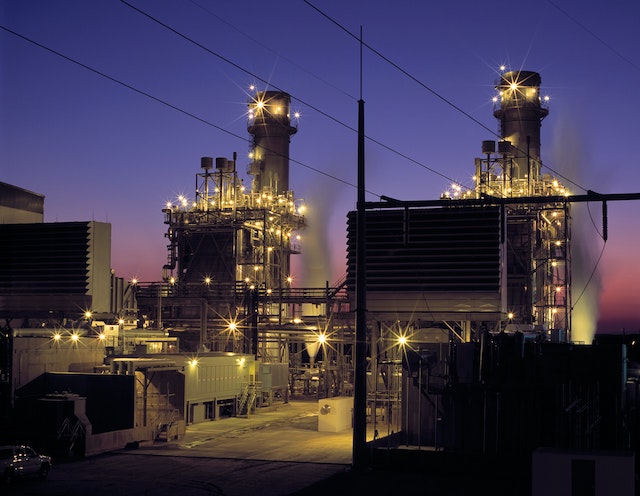
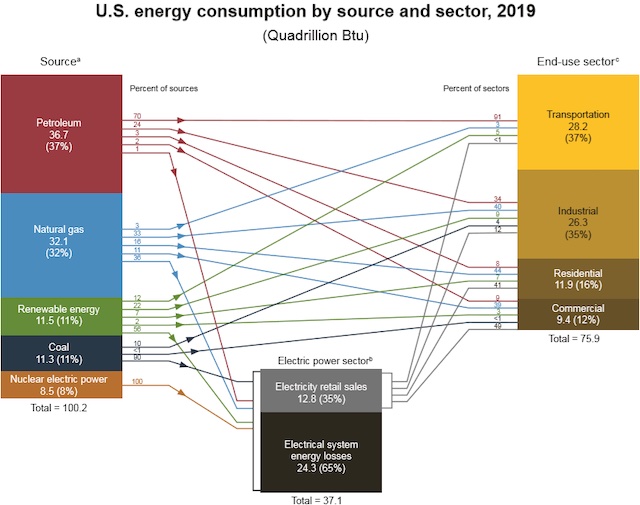
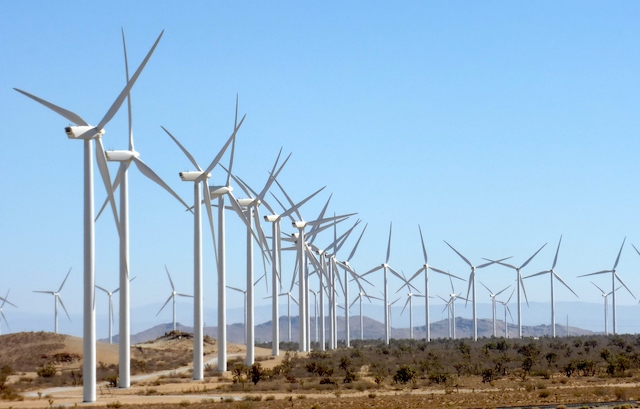
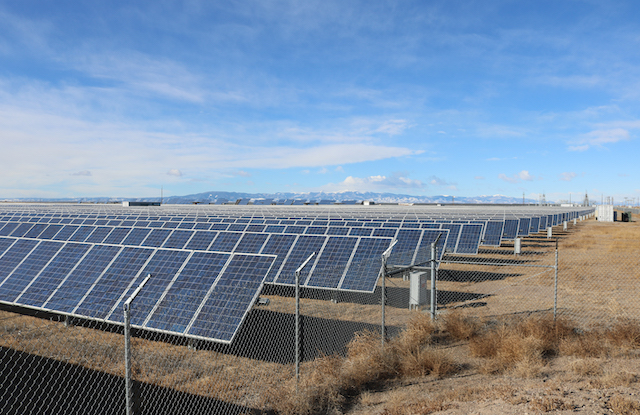







Ran across this a few weeks ago (emphasis mine):
From a 2020 PDF called ELECTRIFYING THE UK AND THE WANT OF ENGINEERING, Michael Kelly
Michael Kelly is the Emeritus Prince Philip Professor of Technology at the University of Cambridge. He was a Chief Scientific Advisor to the UK Department for Communities and Local Government. He is a fellow of the Royal Society and the Royal Academy of Engineering, and is a trustee of the Global Warming Policy Foundation.